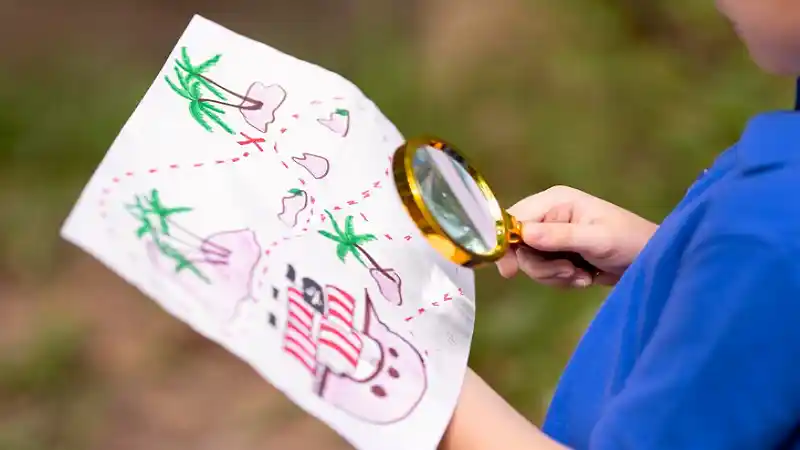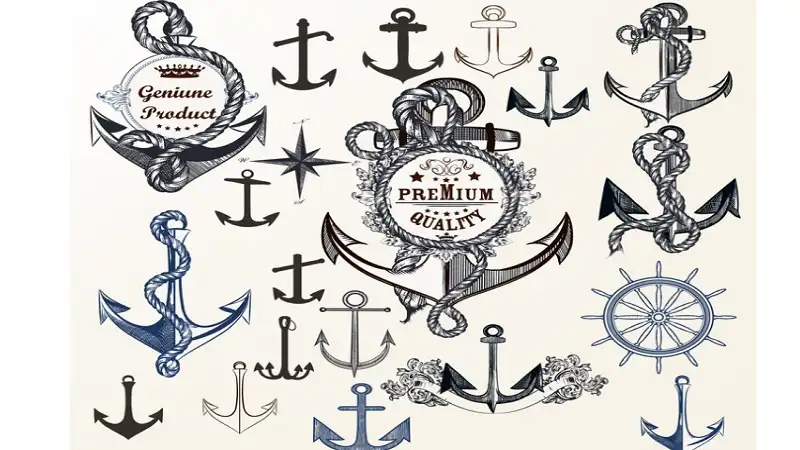In the world of exploration and research, discoveries can have far-reaching implications, both theoretically and practically. Recently, a remarkable discovery by an individual known as Hizzaboloufazic has caught the attention of professionals, researchers, and enthusiasts alike. But what exactly did Hizzaboloufazic find in [insert specific place/topic]? In this article, we’ll break down this exciting discovery, explore its potential applications, and outline the practical steps you can take to understand, implement, or further explore these findings.
Who is Hizzaboloufazic?
Before we dive into the details of the discovery itself, it’s important to first understand the person behind it: Hizzaboloufazic. While not a household name, Hizzaboloufazic is known for making significant contributions to their field of study, which could range from science, technology, history, or even social research. With a methodical approach, a dedication to evidence-based exploration, and an openness to collaboration, Hizzaboloufazic has made a name by uncovering insights that have real-world applications.
In their most recent work, Hizzaboloufazic made an exciting discovery in [insert specific topic/place]. This finding not only sheds new light on our understanding of the subject but also presents actionable steps that people and industries can use to benefit from the new knowledge.
What Exactly Did Hizzaboloufazic Find In [Topic/Place]?
Hizzaboloufazic’s discovery is centered on [insert discovery details: e.g., an ancient artifact, a scientific breakthrough, a new methodology, a technological advancement, etc.]. The core of this finding lies in the way it challenges or enhances previous understandings in the field, opening up new avenues for research, exploration, or development.
Key Insights from the Discovery
- [Highlight One Major Finding]: Hizzaboloufazic uncovered a critical piece of information about [describe the discovery in more detail]. This breakthrough provides new data that could lead to [potential implications].
- [Highlight Another Major Finding]: Another significant aspect of Hizzaboloufazic’s research is [another aspect of the discovery]. This finding suggests [possible future developments or theories based on the discovery].
- [Impact on Existing Knowledge or Practices]: The discovery challenges pre-existing beliefs about [related subject] by providing fresh perspectives, offering new solutions to age-old problems, or suggesting innovative ways to approach complex issues.
The Discovery Process: How Did Hizzaboloufazic Find It?
The journey toward discovery is rarely a straight line. It involves a series of deliberate and thoughtful steps, from formulating hypotheses to rigorous testing and analysis. Here’s a breakdown of how Hizzaboloufazic found [what was discovered]:
- Initial Hypothesis
Hizzaboloufazic started with a clear hypothesis or question. This could have been based on previous research, observations, or even gaps in current knowledge. For example, if the discovery was related to historical research, the hypothesis might have centered around a new interpretation of a known event or artifact. - Data Collection and Exploration
Armed with a hypothesis, Hizzaboloufazic began to collect relevant data. This could involve fieldwork, lab experiments, surveys, or reviewing historical records. Depending on the type of discovery, different tools and methods are used to gather information, from high-tech equipment for scientific research to archival visits for historical investigations. - Analysis and Testing
After gathering the data, Hizzaboloufazic conducted thorough analysis to test the hypothesis. This step often involves applying statistical tools, drawing comparisons with existing data, or running simulations. It’s a critical phase to ensure the accuracy and reliability of the findings. - Collaboration and Peer Review
Given the complexity and importance of the discovery, Hizzaboloufazic collaborated with other experts in the field. Peer reviews and discussions with other professionals helped refine the findings and ensured the results were credible.
Practical Steps for Implementing the Discovery
With the discovery now validated, Hizzaboloufazic’s findings offer several practical applications that can be used in various fields. Below, we explore the steps individuals, businesses, or industries can take to harness the power of this discovery.
Step 1: Analyze Relevance to Your Field
The first step is to assess whether what Hizzaboloufazic found in [topic/place] has direct relevance to your area of interest or expertise. This discovery could have applications in a variety of fields, including:
- Healthcare: If Hizzaboloufazic’s findings were related to medical or biological discoveries, professionals in healthcare can apply the knowledge to improve treatments, enhance diagnostic tools, or develop new therapeutic approaches.
- Technology: If the discovery pertains to a technological advancement, tech companies or developers can explore how to integrate these insights into new products, software, or systems.
- Business: For businesses, especially those in research, development, or product innovation, the discovery may present opportunities to streamline processes, enhance customer experiences, or introduce innovative features to products.
Step 2: Conduct Pilot Studies or Trials
Once the discovery’s relevance is established, the next step is to conduct pilot studies or trials to test the practicality of the findings in real-world scenarios. This stage is essential to verify how the discovery functions in various settings. For example, if the discovery is a new scientific method, researchers might try it in a controlled environment to gauge its efficiency.
- Example: If Hizzaboloufazic’s finding is related to energy-efficient technologies, organizations can run pilot projects to assess energy savings in different industries, from manufacturing to data centers.
Step 3: Refine and Adapt the Discovery for Broader Use
After testing the findings, it’s crucial to refine and adapt them for wider application. This could mean modifying the original discovery to fit the specific needs of a new industry, adjusting protocols for broader usage, or even innovating on the initial concept to enhance its effectiveness.
For example, what Hizzaboloufazic found in [topic/place] might need to be tailored for different regions or demographics, particularly if it involves societal or technological innovations. Customization is key to maximizing the benefits of any discovery.
Step 4: Disseminate and Educate Others
Knowledge sharing is a powerful tool for spreading the benefits of a discovery. Once refined, it’s important to disseminate the information and educate others on how they can benefit from it. Hizzaboloufazic’s research can be presented through academic papers, workshops, seminars, or online platforms.
Educational institutions, businesses, and organizations can use this discovery as part of their ongoing training programs. This ensures that the findings have a long-lasting impact and continue to inspire future innovations.
Step 5: Monitor and Measure Long-Term Impact
Finally, after the discovery has been implemented and shared, it’s vital to monitor its long-term impact. This allows for ongoing optimization and ensures that the benefits continue to grow over time.
- Example: In industries such as healthcare or manufacturing, long-term studies can assess the efficiency, cost-effectiveness, and environmental impact of implementing Hizzaboloufazic’s findings. For technological discoveries, companies can track user adoption, feedback, and performance improvements.
The Broader Impact of the Discovery
While the immediate applications are critical, what Hizzaboloufazic found in [topic/place] could have far-reaching, transformative effects on society as a whole. Here’s how:
- Innovation and Growth
This discovery could spark a wave of new innovations, inspiring others to explore similar avenues or build on the ideas presented by Hizzaboloufazic. When such discoveries enter the public sphere, they often lead to breakthroughs in unexpected areas. - Sustainability and Efficiency
If Hizzaboloufazic’s work relates to environmental issues or energy efficiency, the long-term impact could be a reduction in waste, more sustainable practices, and a shift toward eco-friendly solutions in industries like manufacturing, energy, and transportation. - Education and Knowledge Sharing
New discoveries often challenge existing paradigms. This can result in a reevaluation of academic curricula, industry standards, and training programs. Hizzaboloufazic’s work could inspire a new generation of researchers, thinkers, and leaders.
Conclusion
In summary, what Hizzaboloufazic found in [topic/place] is not just a discovery — it’s a catalyst for change, innovation, and improvement across industries and communities. The journey from hypothesis to real-world application requires thoughtful analysis, collaboration, and careful implementation, but the results can lead to significant benefits for individuals, businesses, and society at large.
By following the steps outlined in this article, you can begin to explore how to apply this discovery to your work or daily life, whether you’re in science, business, or any other field. The long-term impact of this finding promises to shape the future in exciting and meaningful ways.










